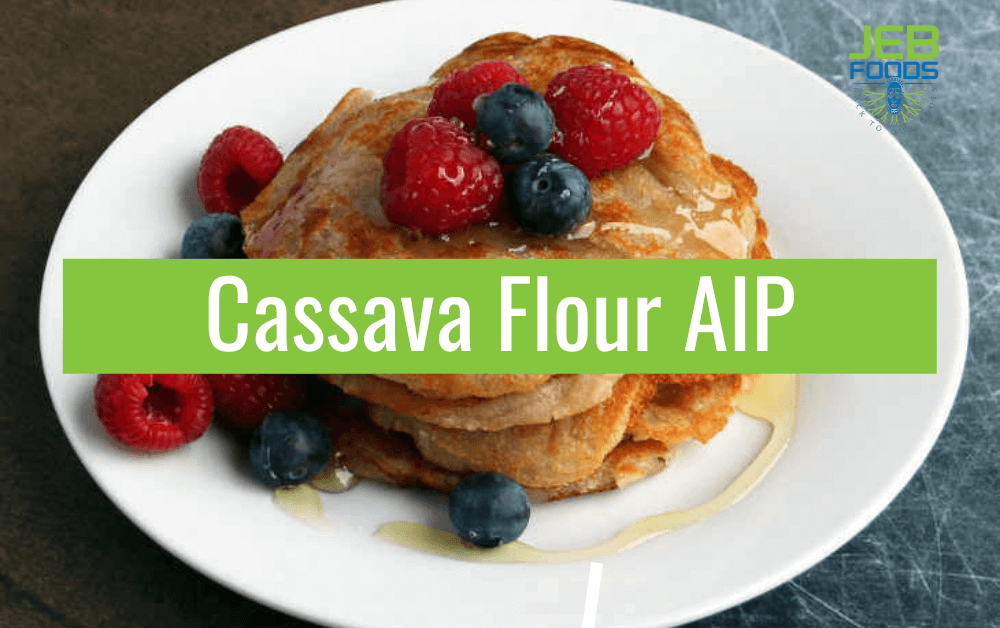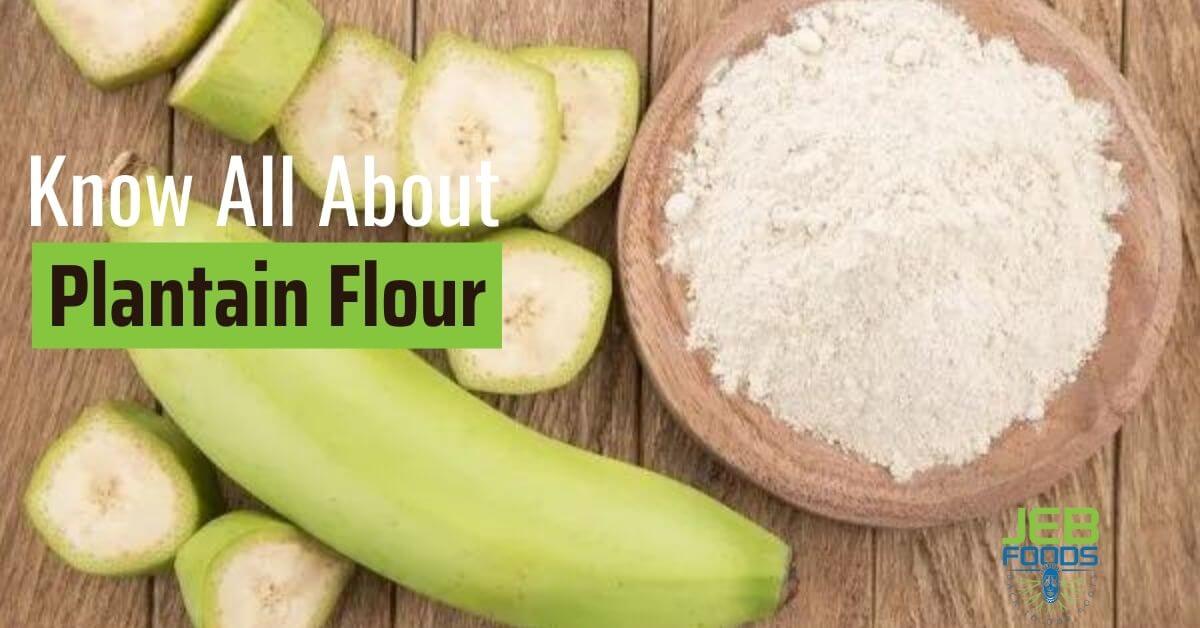I am writing about cassava flour AIP because of my experience. Let me share it.
Having worked in the western part of Africa for a few years and was stuck to a local snack called SUYA made of very spicy roasted steak, spiced with a delicious groundnut-like seasoning.
It was a daily thing for me and friends until I started noticing unusual aches around my knee, cramps, and general body weakness; I switched immediately to the AIP diet, designed to control my red meat intake.
And I must say it worked excellently well. Let’s see how cassava flour played a huge role in ensuring I have my regular meals handy and healthy.
What Is Aip Diet
Table of Contents
ToggleThe AIP diet is an elimination regimen intended to help decrease inflammation and other issues associated with autoimmune disorders.
It contains two parts (not eating certain types of food for several weeks at a time and closely noting any effects on health) developed to help you recognize and ultimately avoid foods that may trigger inflammation and illness symptoms.
According to researchers, the AIP diet is an extension of the paleo diet. A typical diet consists of lean proteins, vegetables, fruits, nuts, and seeds.
The AIP diet emphasizes foods high in vitamins and minerals. Following it, you will not eat anything with added sugar or other additives that can trigger an autoimmune response.
Is Cassava Flour An AIP Diet
Cassava flour is one of those AIP-friendly foods that opens previously hidden doors. Cassava flour comes from Cassava, a starchy tuberous root vegetable common to South America’s tropics.
It is high in vitamins and minerals such as vitamin C, riboflavin, thiamine, and niacin. It is non-gluten, non-grain- and nut-free, and high in dietary fiber and a complex carbohydrate.
Here is how cassava flour can help you stay healthy without skipping your favourite recipes.
Why Is Cassava Flour An AIP Diet
It is close in baking properties to wheat flour than most gluten-free flour, cassava flour is a very important gluten-free flour because it contains resistant starch.
Some people seem to feel fuller after eating more dense baked goods from Cassava Flour as it is very high in complex carbohydrates that are difficult to break down.
It is popular among those who follow the paleo autoimmune protocol (AIP) because it is nut-free and a better alternative when choosing an egg-free replacement than other options, such as coconut flour. Its high starch content makes it bind easily.

How Does The Paleo Autoimmune Diet Work
Following the diet’s removal stage, you reintroduce removed food groups one at a time and examine your body’s reaction. If a reaction happens, these foods should be removed once more, and tolerance tested again later (Typically after a month of being off the diet).
The AIP (autoimmune protocol) diet aids in the discovery of a more personalized Paleo-based diet that aids in the long-term reduction of inflammation, promotion of gut healing, and reduction of autoimmune-related symptoms.
What Food Belongs To The AIP Diet
There has been some research into which specific foods are included in the AIP diet. A person on a diet may be able to consume:
- Small amounts of fruit
- Bone broth
- High-quality seafood that is rich in omega-3 fatty acids
- Fermented foods
- Fermented vegetables like sauerkraut and kimchi
- Brewed beverages made with coconut milk, such as kombucha and kefir, as well as non-seed herbal tea and green tea
- Lean meats and liver
- Small quantities of honey and maple syrup
- All vegetables, except those from the nightshade family like tomatoes, eggplant, peppers, and tomatoes
- Oils, like olive, coconut, and avocado oils
- Meat and fish, preferably not factory raised
- Sweet potatoes
- Cassava based products
- Non-seed spices such as herbs (basil, oregano, cilantro, thyme, mint, etc.) and other spices such as garlic, onion powder, and turmeric, to name a few
- Apple cider and balsamic vinegar
Bake tortillas with cassava flour (check out recipes)
The AIP diet focuses on whole foods and those that do not contain additives like sugar.
It is important to note that nightshade vegetables may worsen pain because they contain solanine (a glycoalkaloid that some think causes inflammation), making the pain worse.
- What Food products can I avoid on the AIP diet?
- When following an AIP diet, there are several food groups to eliminate.
- There is little advice tailored to people with specific autoimmune conditions, but one study in people with IBS suggests avoiding:
- Nightshades, which include tomatoes, potatoes, peppers, and eggplants
- Some vegetable oils
- Legumes
- Nuts and seeds
- Dairy
- Eggs
- Alcohol
- Grains
- Coffee
- Food additives, like refined or added sugars
What Is The Difference Between AIP And PALEO
The autoimmune paleo diet is a modification that aims to heal the immune system and digestive tract lining in those suffering from autoimmune disease by removing potential dietary occurrences that may provoke inflammation and stir up autoimmune reactions.
Following The AIP Diet Substitutions
I have a strict AIP and Paleo diet and, because of that, using replacements is like bread and butter to me. Tortillas are permitted in my diet, which is great since it means I can have my favorite foods, like tortillas.
Substitutions have made me realize that I no longer feel like I’m on a diet but eat AIP instead. Eating AIP-compliant has been a lot simpler due to the required practice and patience, although it takes some time to adjust to it.
Any habit is tough to go “cold turkey” on or off, including our food and cravings. For me, giving up sourdough bread has been the hardest sacrifice I’ve had to make. Even now, I miss it.
When I decided to try an AIP and Paleo diet, I started researching how to eat bread-like items. My study on AIP-friendly ingredients led me to believe that tortillas are a fantastic way to fulfill my need for sourdough, so I began developing tortillas with healthier components.
Why Is Tapioca Flour Not Considered An AIP Diet?
Cassava flour is processed from the whole root, dried, and ground-up finely, while tapioca flour is refined (only the starch from Cassava).
Now we’ve decided to replace cassava flour with regular plain flour; we need to know the best way to use it, to enjoy its diverse uses.
Is Cassava Flour AIP Friendly
Cassava flour is one of those AIP-friendly foods that opens previously closed doors. Cassava flour is produced from cassava, a starchy tuberous root vegetable native to South America’s tropics.
Tips On Using Cassava Flour In The AIP Diet
Cassava flour is excellent in pie crusts, tortillas, cookies, and pressed dough. It tends to be dense and heavy when added to a recipe, working well in these recipes.
You can choose a regular wheat flour recipe and replace it with cassava flour (in a 1:1 ratio) and AIP compliant fat.
Cassava flour isn’t the same no matter where you buy it, therefore it’s crucial to know that. The quality of an ingredient varies depending on how it is used in a recipe. I use Jeb Foods cassava flour for the recipe below because it performs better than other cassava flour.
Another thing to keep in mind during AIP baking is that grass-fed beef gelatin can be a good substitute for binding cookies, bread, and cakes together since you can’t use eggs.
You don’t need to bloom it; add the dry gelatin to the dry ingredients before adding the wet. Dough containing gelatin needs to rest so that the gelatin can absorb the moisture in the dough and “set.”
You’ll need to make most AIP dough a little wetter than you want the finished result, wrap them in a plastic bag, and place them in the refrigerator so that the flour and gelatin do not dry out.
Typically, you’ll need to remove the dough and allow it to stand for a few hours before it can be rolled, pressed, or shaped.
Two parts cream of tartar and one part baking soda are combined to make AIP/Paleo baking powder. Then, just like regular baking powder, measure it out.
A little organic apple cider vinegar will often be added to the recipe and the baking powder to activate it and give the batter more rise.
Coconut sugar is a good alternative since we don’t use white sugar, but it imparts to the finished product a darker color that you may not want.
In such cases, you can use maple syrup or honey and reduce other moisture in the recipe to accommodate the liquid sugars.
Why Do I Still Make Mistakes When Baking AIP
When baking AIP/Paleo, sometimes a recipe won’t work even after you’ve repeated the process many times before. This is referred to as “the Paleo Impact.
The most recent batch of flour may have a higher water content or a rougher grind. Perhaps the shortening was softer than usual.
With practice, you can learn to make up the difference for your Paleo Impact and achieve good results in your baked goods.
What situation comes up after Eating Too Much Cassava Flour
If you get overexcited and use cassava flour for every meal, you might end up with a blood sugar spike (depending on how much the process the cassava root went through).
You must monitor your intake of cassava flour, particularly if you are following a low-carb, low-sugar, or AIP diet.
In its whole form (fermented and boiled), Cassava is lower in resistant starch because it has been further broken down.
There are two types of cassava flour, sweet and sour taste, both still contain high fiber, but the latter contains more resistant starch because it’s more fermented.
Final Thought
Following the AIP diet does not need you to have an autoimmune illness. However, suppose you feel you have diet-based inflammation).
In that case, the AIP diet may be an excellent way to identify how specific foods affect you when eliminating and reintroducing them to your diet.
According to some research, certain foods may aggravate symptoms. These include highly processed foods as well as foods containing unhealthy fats, added sugar, or salt. Eating fewer of these foods is likely to be beneficial to one’s health.
Anyone embarking on a strict elimination diet should exercise caution, as eliminating legumes, grains, and dairy, for example, can result in nutritional deficiencies.
Discuss any significant dietary change with your doctor, who may recommend additional resources and assist in determining whether the diet is appropriate.




